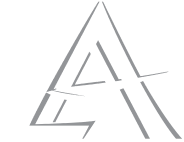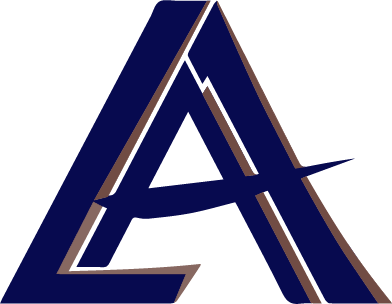A multi-part discussion on the various types of breast reconstructive procedures will be done in the following posts. Each has their own advantages and disadvantages. My hopes will be to thoroughly inform you of the different options and help you decide, along with your plastic surgeon’s factoring in of your medical condition and your disease, which of these options would be most suitable for you.
The first part will discuss tissue expander/implant reconstruction…
IMPLANT-BASED RECONSTRUCTION:
Tissue expander / implant
A balloon-like expander is placed under the skin and pectoralis major muscle at the initial procedure. The expander is then slowly filled with saline water over several weeks until the desired breast size is achieved. It is then slightly over-filled, so that adequate skin and soft tissue is available when the tissue expander is exchanged for the permanent implant (either silicone or saline, depending on your preference). This exchange is performed at a separate procedure several weeks after the final volume in the expander is attained. ( Silicone vs. saline implants will also be discusses in a separate post).
As an innovative technique, an acellular dermal matrix may be used as a “sling” or “hammock” for which the expander or implant lies within the lower portion of the breast. In my experience, I have been able to set the margins of your breast perfectly and recreate the natural slope and ptosis (sag) of a normal breast. I have seen that this creates a more aesthetically pleasing breast contour and also adds additional volume and soft tissue coverage over your implant, thus decreasing many of the implant-based complications, such as malposition, capsular contracture, and extrusion.
The acellular dermal matrix has made dramatic advancements in plastic surgery. Especially in breast surgery and breast reconstruction, the dermal matrix has shown excellent aesthetic results, along with much fewer complications. Notably, this dermal matrix has had minimal, if any capsule formation. Also, it provides additional soft tissue between the overlying skin and the underlying implant. Current literature has shown some dramatic results and its popularity, and uses, continues to grow. As such, I will discuss the acellular dermal matrix in a separate posting to discuss it fully.
For some women who are candidates, another new technique that may be offered is immediate implant reconstruction. On certain circumstances, your surgeon may be able to perform a one-stage reconstruction, placing permanent implants at your initial procedure, without the need for a tissue expander. This will spare you from the tissue expander procedure, the subsequent tissue expansions, and the permanent implant exchange in the future. Discuss this option with your plastic surgeon if you are interested.
General guidelines:
Hospitalization: 1-2 days
Advantages: Less pain; no additional scars besides that of the mastectomy; least recuperation time
Disadvantages: May require additional procedures in the future; implant complications (e.g., rupture, contracture, malposition, etc.)
Back to blog



